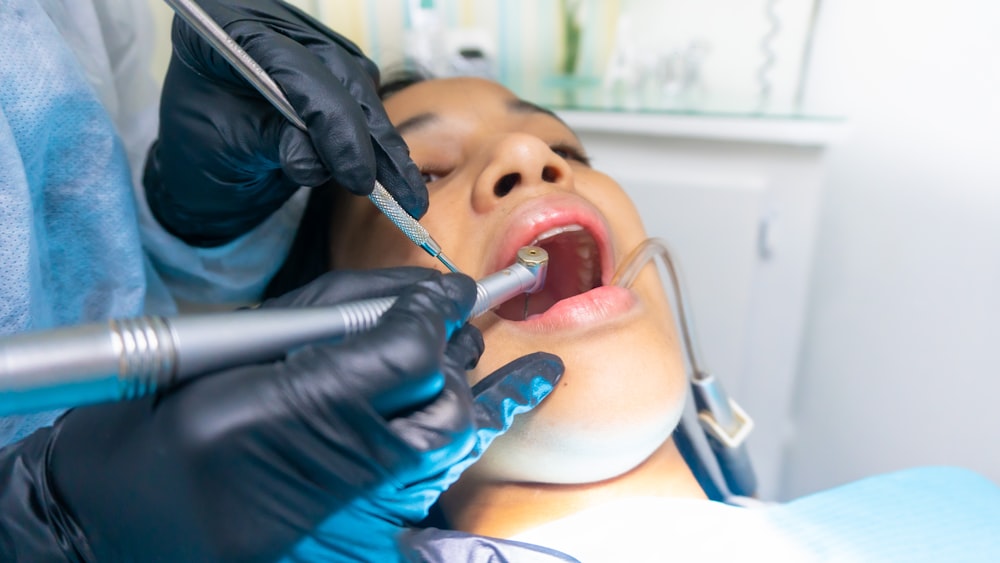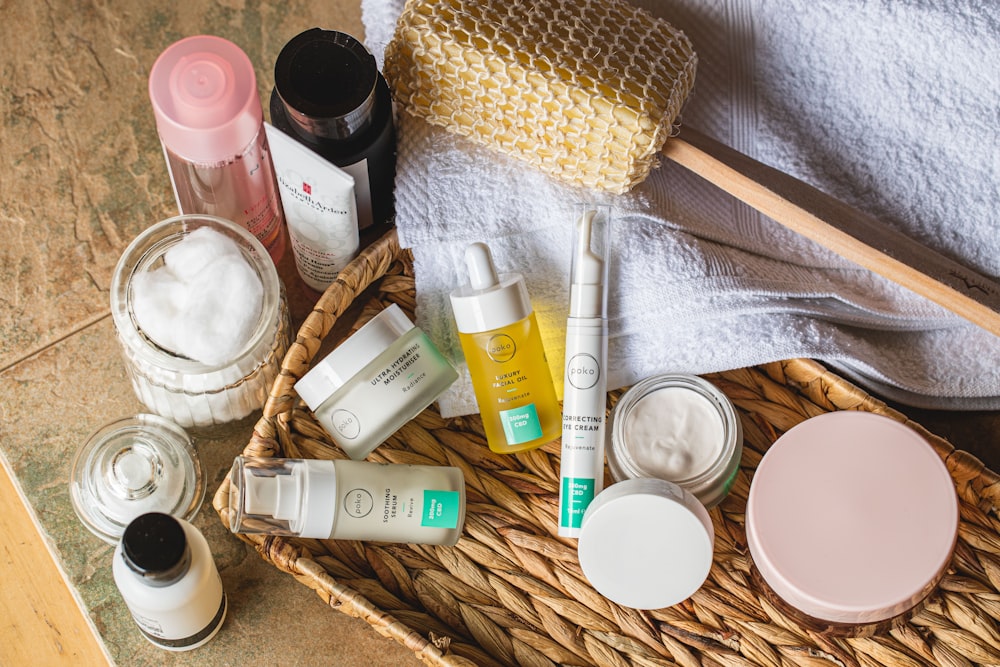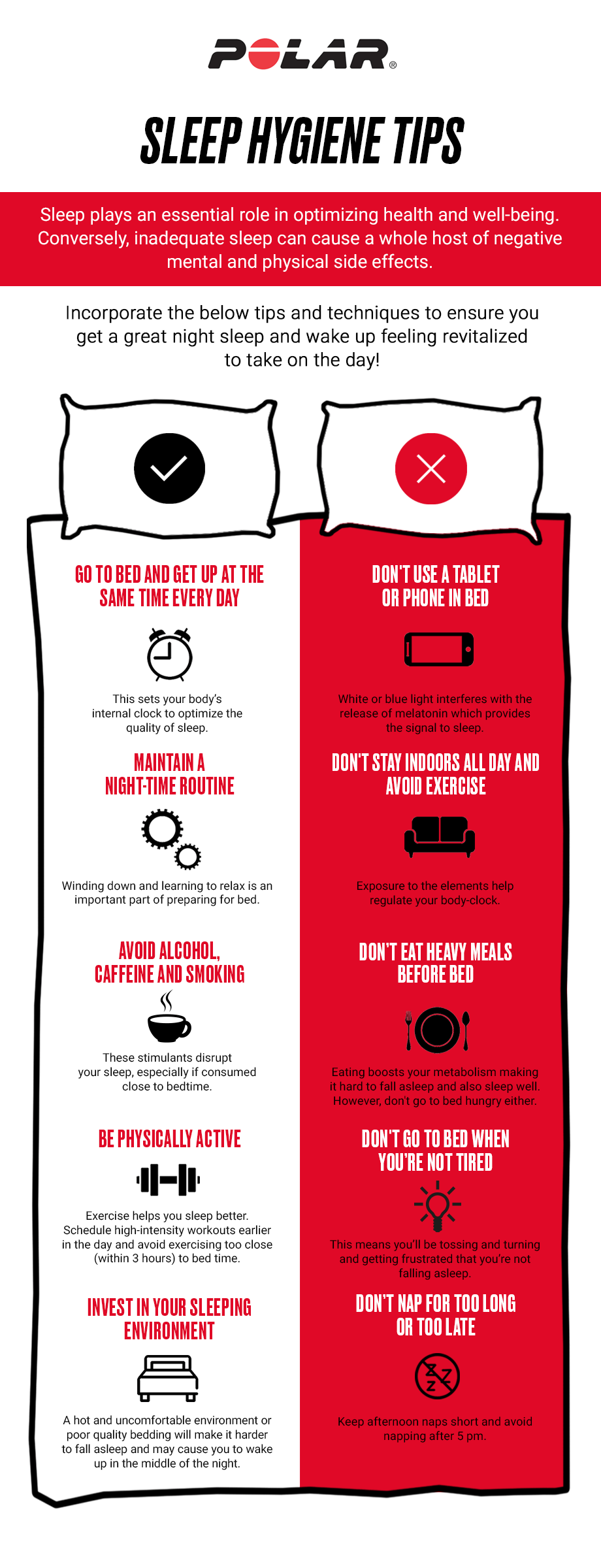Mastering the Stairmaster Full Body Workout Benefits

Maximizing Your Workout with Stairmaster Full Body Training
Unlocking the Potential of Stairmaster Workouts
Stairmaster machines have long been a staple in gyms for their ability to provide effective cardiovascular workouts. However, many people may not realize that these machines can also be used to target and strengthen various muscle groups throughout the body. By incorporating full body movements into your Stairmaster routine, you can maximize the benefits of your workout and achieve a more comprehensive level of fitness.
Understanding the Benefits of Full Body Workouts
Full body workouts offer numerous advantages over traditional cardio exercises. Not only do they provide a more efficient way to burn calories and improve cardiovascular health, but they also engage multiple muscle groups simultaneously, leading to increased strength, endurance, and overall fitness. By combining the benefits of cardiovascular exercise with strength training, full body workouts offer a holistic approach to fitness that can help you reach your goals more effectively.
Engaging Multiple Muscle Groups
One of the key advantages of Stairmaster full body workouts is their ability to engage multiple muscle groups at once. As you climb the stairs, you activate muscles in your legs, glutes, and core, while also working your upper body by pumping your arms. This comprehensive approach allows you to get a full body workout in less time, making it an ideal option for those with busy schedules or limited gym access.
Building Strength and Endurance
In addition to burning calories and improving cardiovascular health, Stairmaster full body workouts can also help build strength and endurance. By challenging your muscles with resistance from the stairs, you can increase muscle tone and definition, while also improving your stamina and endurance over time. This combination of strength and cardiovascular training can lead to significant improvements in overall fitness and athletic performance.
Tips for Effective Stairmaster Full Body Workouts
To get the most out of your Stairmaster full body workouts, it’s important to focus on proper form and technique. Start by setting the resistance level to a challenging but manageable intensity, and maintain a steady pace throughout your workout. Engage your core muscles to stabilize your body as you climb, and use your arms to help propel yourself upward. For an added challenge, try incorporating intervals of high intensity sprints or incline climbs into your routine.
Incorporating Variety into Your Routine
To prevent boredom and keep your workouts challenging, try incorporating a variety of exercises and movements into your Stairmaster routine. In addition to traditional climbing, you can also try side steps, backward climbs, or single leg hops to target different muscle groups and add variety to your workout. Experiment with different speeds, resistance levels, and workout durations to keep your body guessing and maximize your results.
Tracking Your Progress
As with any fitness routine, it’s important to track your progress and monitor your results over time. Keep a log of your workouts, noting the duration, intensity, and any changes in resistance or speed. Take regular measurements of your body composition, strength, and







